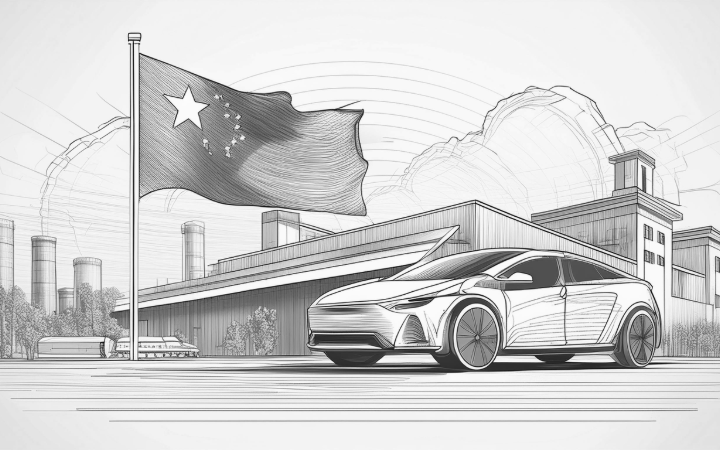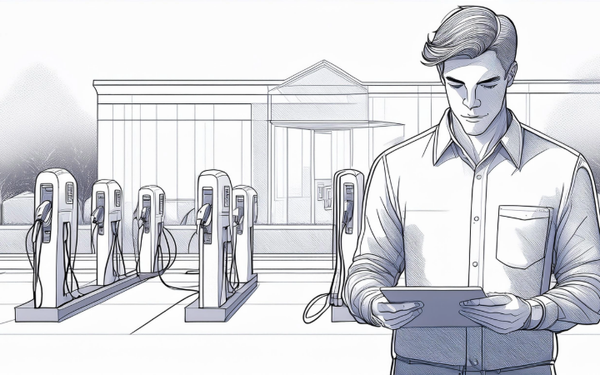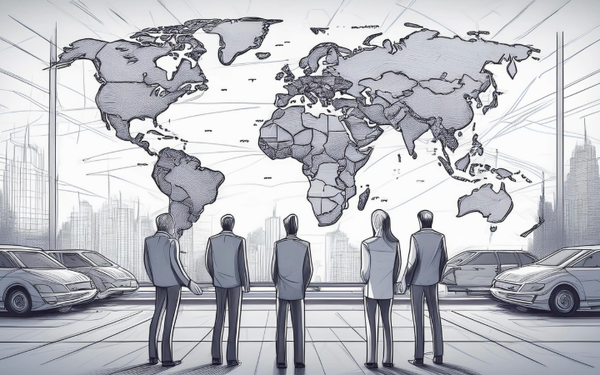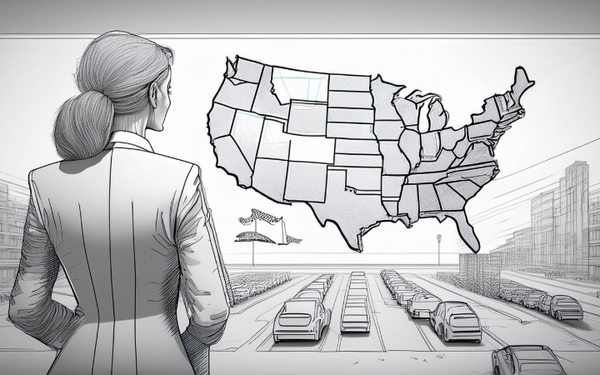Opinion: The Impact of Tariffs on Chinese Electric Vehicles and Their Implications for Western EV Adoption
As Western governments grapple with the complexities of transitioning to electric vehicles (EVs), a new challenge has emerged: tariffs on Chinese-manufactured EVs.

These tariffs, imposed by countries such as the United States and the European Union, are intended to protect domestic manufacturers and address concerns over subsidies provided by the Chinese government to its EV industry. However, the broader implications of these tariffs on mainstream EV adoption and the ambitious environmental targets set by these governments are worth exploring.
The Rationale Behind the Tariffs
The rationale for imposing tariffs on Chinese EVs largely revolves around concerns about market fairness and economic security. Chinese EV manufacturers have rapidly gained global market share, thanks in part to significant government subsidies that allow them to produce vehicles at lower costs. Western governments argue that these subsidies create an uneven playing field, making it difficult for domestic manufacturers to compete.
By imposing tariffs, Western countries aim to level the playing field and encourage investment in local EV production. This protectionist approach is seen as a way to safeguard jobs in the domestic automotive industry, foster innovation, and ensure that local companies can compete with the influx of cheaper Chinese vehicles.
The Impact on EV Adoption
While the intentions behind the tariffs may be well-founded, their impact on mainstream EV adoption could be counterproductive. One of the main barriers to widespread EV adoption has been the high cost of electric vehicles compared to traditional internal combustion engine (ICE) vehicles. Chinese EV manufacturers, such as BYD and NIO, have been able to offer competitively priced models that are more affordable for the average consumer.
Tariffs that increase the cost of these Chinese EVs could slow down the adoption of electric vehicles, particularly in price-sensitive markets. For many consumers, the price is a critical factor in the decision to switch from an ICE vehicle to an EV. If tariffs significantly raise the cost of EVs, it could delay the mass adoption necessary to meet the ambitious targets set by Western governments for reducing carbon emissions.
Moreover, tariffs may also reduce the variety of EV options available to consumers. Chinese manufacturers have been leading the way in producing a wide range of EVs, including budget-friendly models that appeal to a broad audience. Limiting the availability of these vehicles through tariffs could narrow consumer choice and slow the pace of EV market growth.
Implications for Government Targets
The imposition of tariffs on Chinese EVs could also jeopardize the targets that Western governments have set for themselves in terms of emissions reductions and the transition to renewable energy. Many governments have set aggressive goals to phase out ICE vehicles and achieve net-zero emissions by mid-century. Achieving these targets will require a rapid increase in EV adoption, along with the expansion of charging infrastructure and the development of a robust EV market.
If tariffs lead to higher EV prices and slower adoption rates, it could undermine these targets. Governments may find themselves in a position where their policies to protect domestic industries are at odds with their environmental commitments. This tension could force policymakers to rethink their approach, potentially leading to a reevaluation of the tariffs or the introduction of new subsidies and incentives to offset the impact on consumers.
A Path Forward
To balance the need for protecting domestic industries with the urgency of transitioning to EVs, Western governments may need to adopt a more nuanced approach. Instead of broad tariffs, targeted measures that address specific concerns about subsidies and unfair competition could be more effective. For instance, governments could focus on anti-dumping measures or negotiate trade agreements that level the playing field without imposing blanket tariffs that impact consumers.
Additionally, increasing investment in domestic EV production and infrastructure is essential. Governments can provide incentives for local manufacturers to scale up production, invest in research and development, and reduce the cost of EVs through economies of scale. By fostering a competitive domestic EV market, Western countries can reduce their reliance on imported vehicles while still meeting their environmental goals.
Conclusion
The tariffs on Chinese-manufactured EVs reflect a complex interplay between economic protectionism and environmental policy. While these tariffs may protect domestic industries in the short term, they could also hinder the broader goal of mainstream EV adoption and delay the transition to a low-carbon economy. To achieve their ambitious targets, Western governments will need to strike a delicate balance between fostering domestic innovation and ensuring that EVs remain affordable and accessible to all consumers.





